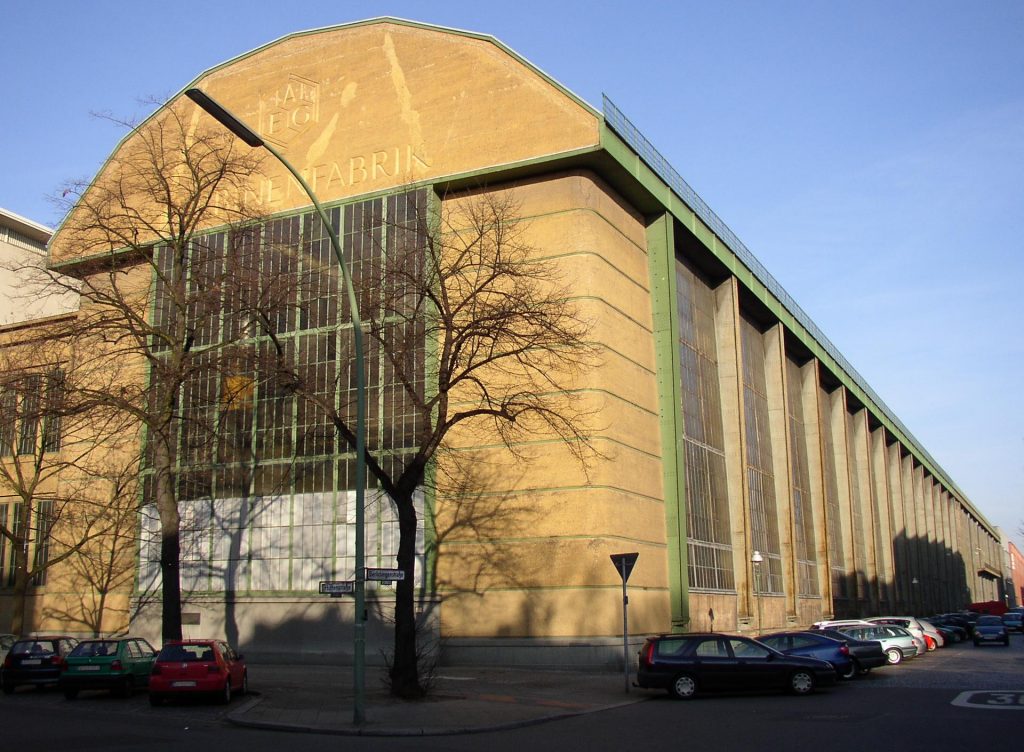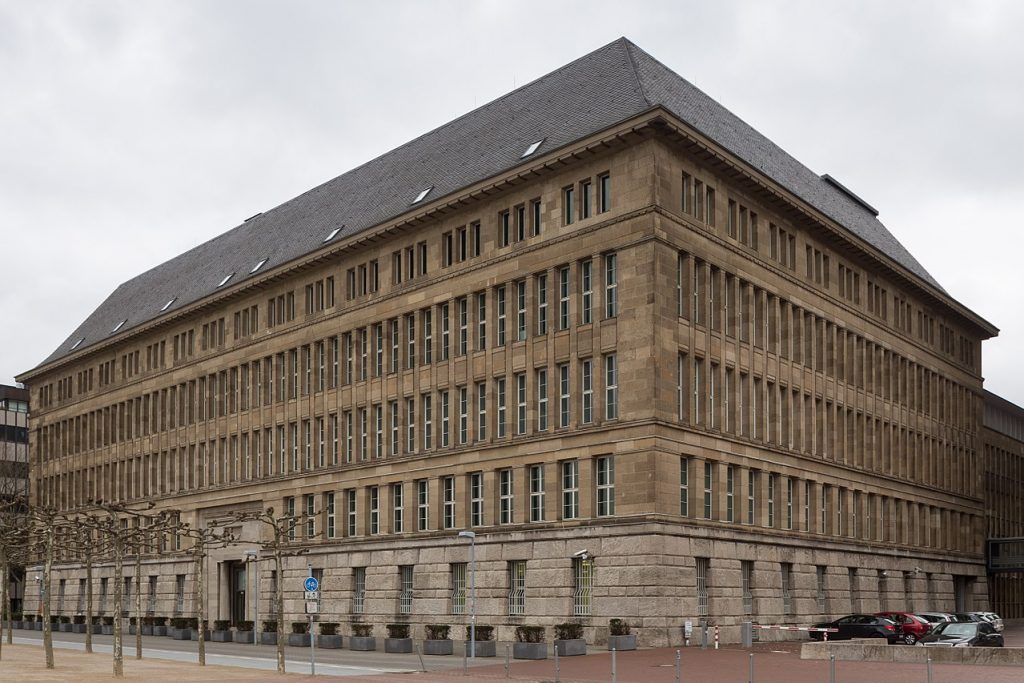30. Louis Kahn
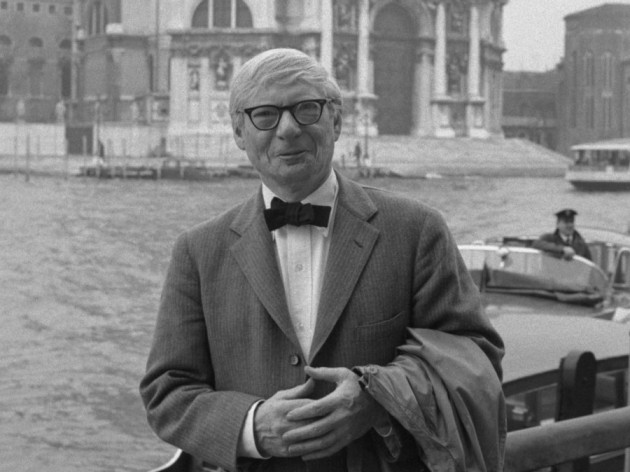
Education: University of Pennsylvania School of Fine Arts.
Notable works: Jatiyo Sangshad Bhaban,
Yale University Art Gallery, Salk Institute, Indian Institute of Management Ahmedabad,
Phillips Exeter Academy Library, Kimbell Art Museum
Quote:“Architecture is the reaching out for the truth.”
Kahn’s buildings share a common solidity and heaviness in contrast to other architect contemporaries where they prefer light and airy structures by using glass and metals. Kahn used stone and concrete to make monumental buildings. Many of his structures look more ancient than modern. He paid attention to the look and feel of the materials he used, the use of proper sunlight. He liked natural light to enter his buildings through interesting kinds of windows and openings. He used brick and concrete in new and special ways. Kahn’s work can also be identified by his creative use of geometric shapes. Many of his buildings use squares, circles and triangles.

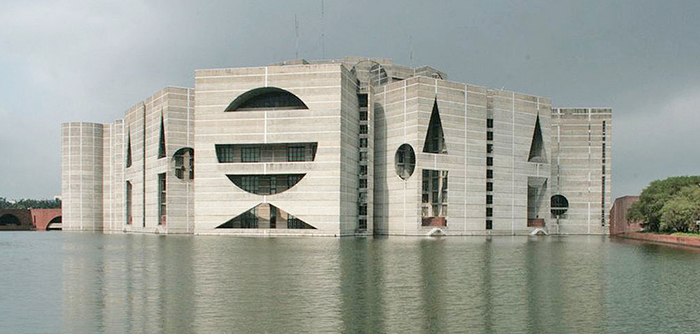
29. Louis Sullivan
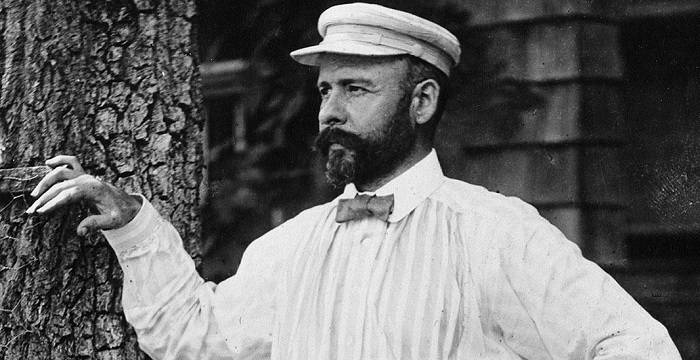
Education: Massachusetts Institute of Technology (drop out)
Notable works: Prudential Building, Sullivan Centre, Auditorium Building
Quote:“Form follows function.”
He was known as the Chicago’s “Father of Skyscrapers. Sullivan is best known for his influence on the modernists that followed him. Though he is known for his beautiful use of ornament, his true innovation came in the way he adapted previous ornamental styles to the newly-emerging tall buildings of the late 19th century, using it to emphasize a building’s verticality. It is this principle that led to his famous tenet of “form follows function”.
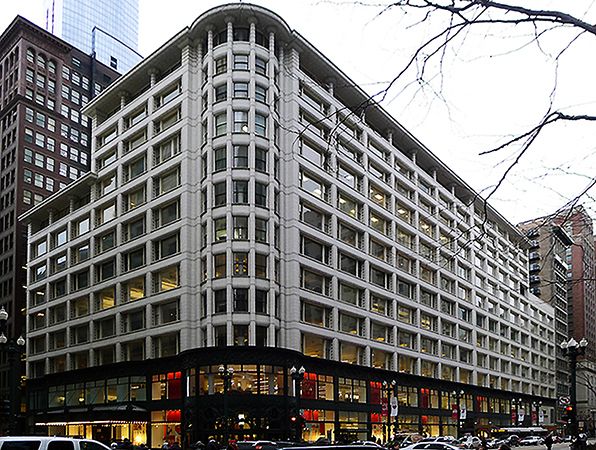
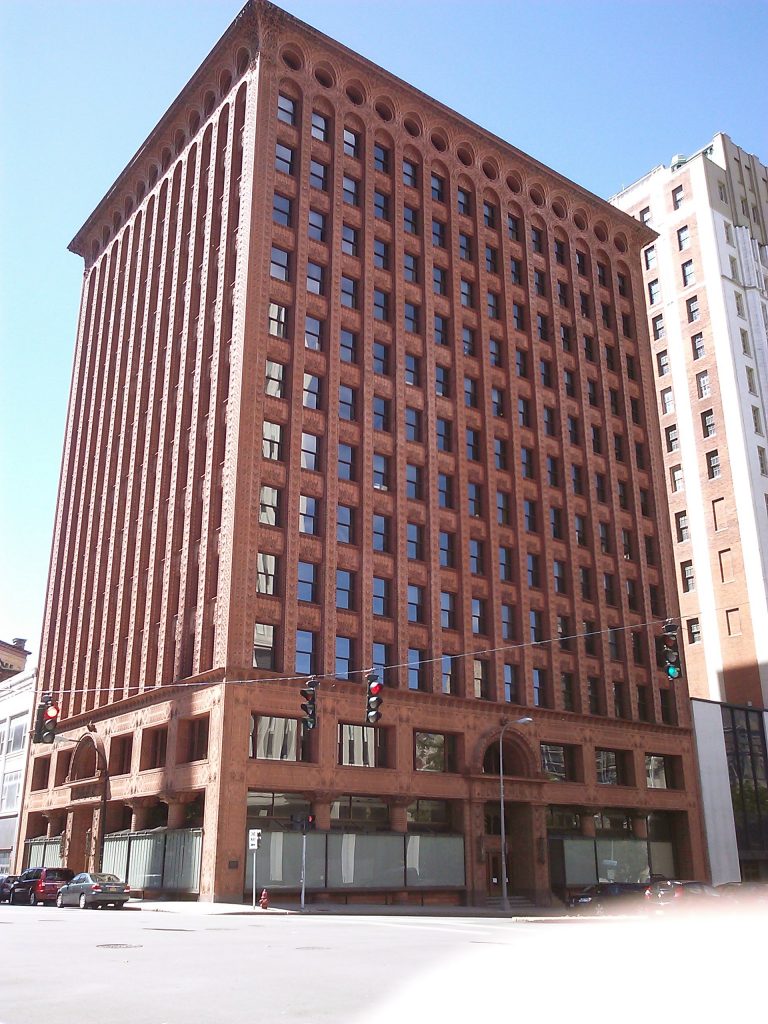
28. Le Corbusier
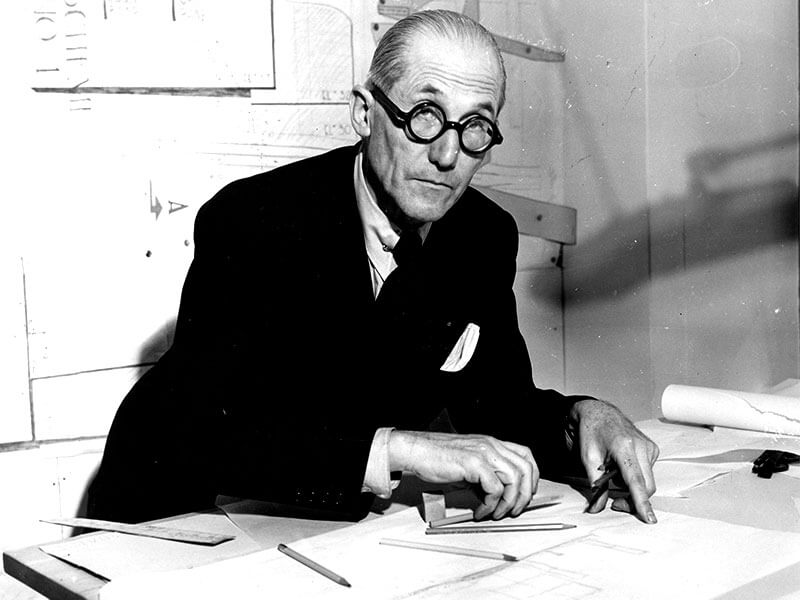
Education: Didn’t received any formal education
Notable works: Esprit Nouveau Pavilion in Paris, chapel of Notre Dame du Haut in Ronchamp, Villa Savoye in Paris, City of Chandigarh
Quote: “To create architecture is to put in order. Put what in order? Function and objects.”
Le Corbusier was a Swiss-French architect, designer, painter, urban planner, writer, and one of the pioneers of what is now called modern architecture. Corbusier theorized five points that supported his modernist style of architecture: pilotis, free façade, open floor plan, open views, and roof garden. Many of Corbusier’s designs were airy and open, connecting the visitor to nature and creating a bridge between the structure and the outside world.


27. Marcel Breuer
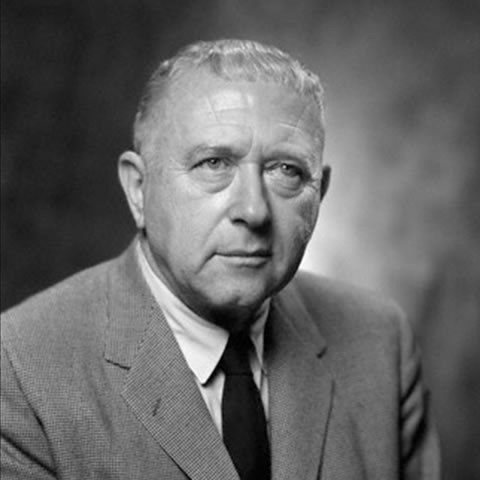
Education: Bauhaus
Notable works: IBM La Gaude, Hooper House (Baltimore County, Maryland), Murray D. Lincoln Campus Center
Quote: “I am as much interested in the smallest detail as in the whole structure.”
Marcel Breuer was an architect and designer, one of the most-influential architect in modern movement. He was concerned with applying new forms and uses to newly developed technology and materials in order to create an art expressive of an industrial age.


26. Michael Graves

Education: Bachelor’s degree from University of Cincinnati, Masters degree from Harvard graduate school of Design
Notable works: Portland Building, Humana Building, Denver Public Library
Quote: “I don’t believe in morality in architecture.”
Miachel Graves practiced modern architecture. His early architecture includes white geometric volumes composed with clean, sparse lines with no ornamentation. Some of his designs were famous for their hulking masses and for his highly personal Cubist interpretations. Though sometimes perceived as awkward, these structures were acclaimed for their powerful and energetic presence.
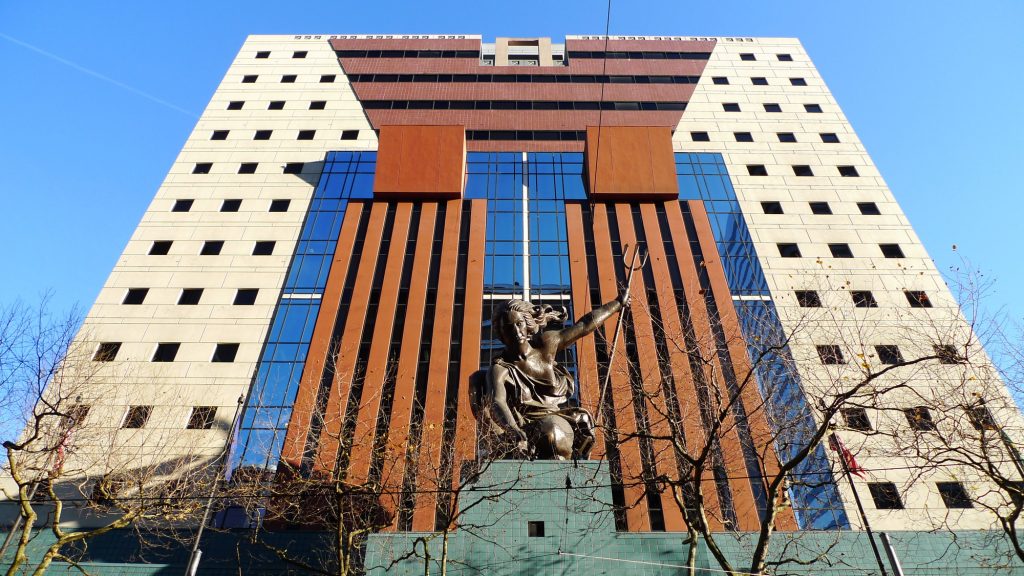
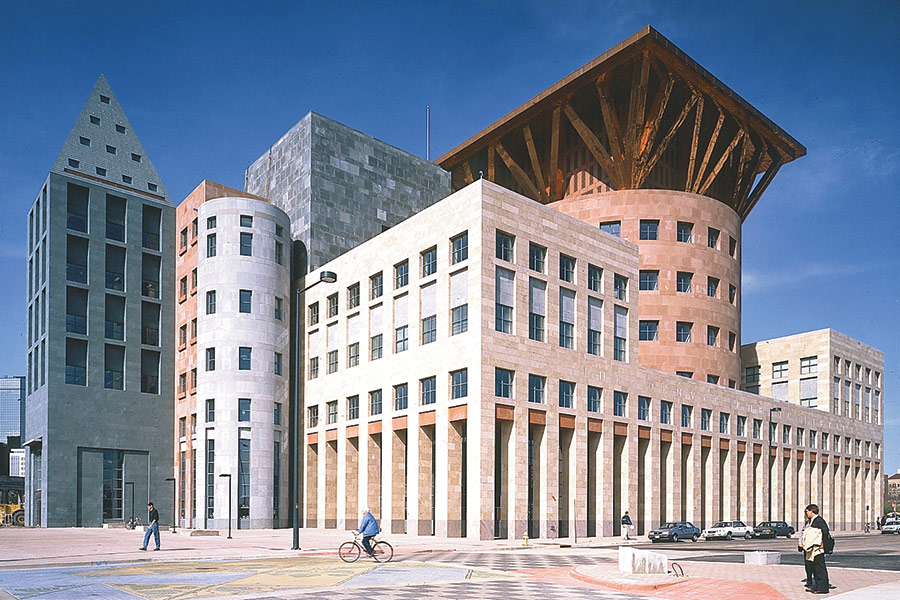
25. Mie van Der Rohe
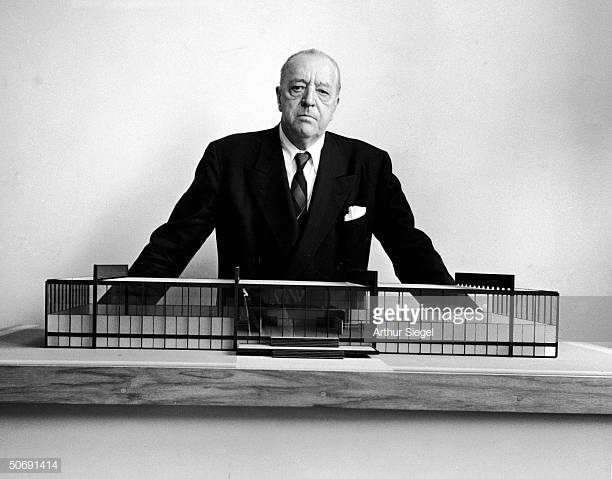
Education: No formal education
Notable works: Farnsworth house, Seagram Building, Chicago Federal Complex
Quote: “Less is more.”
Mies established his own particular architectural style in the modern era. His style was based on extreme clarity and simplicity. His buildings made use of modern materials such as industrial steel and plate glass to define interior spaces. Mies strove toward architecture with a minimal framework of structural order balanced against the implied freedom of unobstructed free-flowing open space. He called his buildings “skin and bones” architecture. With his creative approach in architectural design led him to become one of the pioneers as modern Architect.
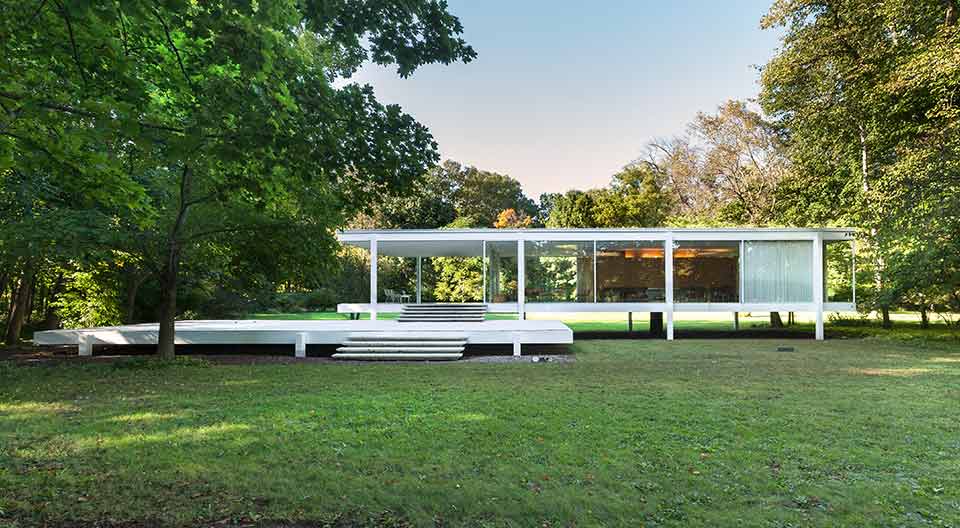
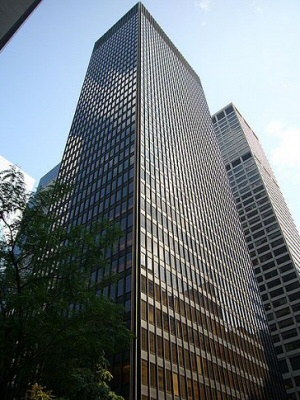
24. Moshe Safdie

Education: McGill University
Notable works: Habitat 67, Virasat-e-Khalsa, Marina Bay Sands, National Gallery of Canada
Quote:“There is a profound ethic to architecture which is different from the other arts.”
Moshe Safdie is an Israeli-Canadian architect, urban designer, educator, theorist, and author. His works are known for their dramatic curves, arrays of geometric patterns, use of windows, and key placement of open and green spaces. His writings and designs stress the need to create meaningful, vital, and inclusive spaces that enhance community, with special attention to the essence of a particular locale, geography, and culture.
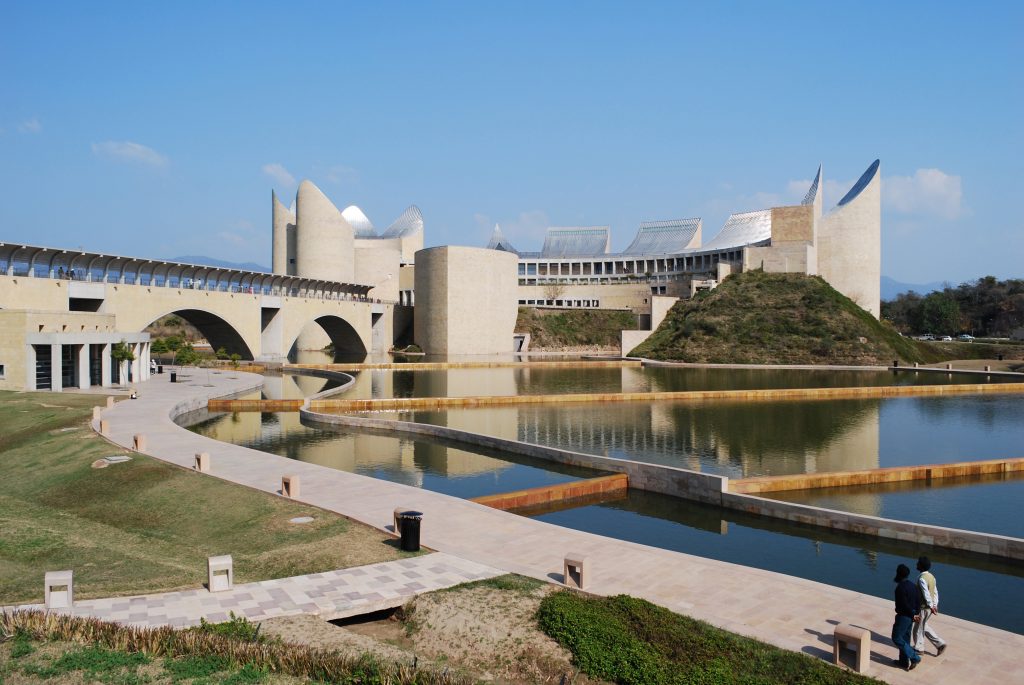
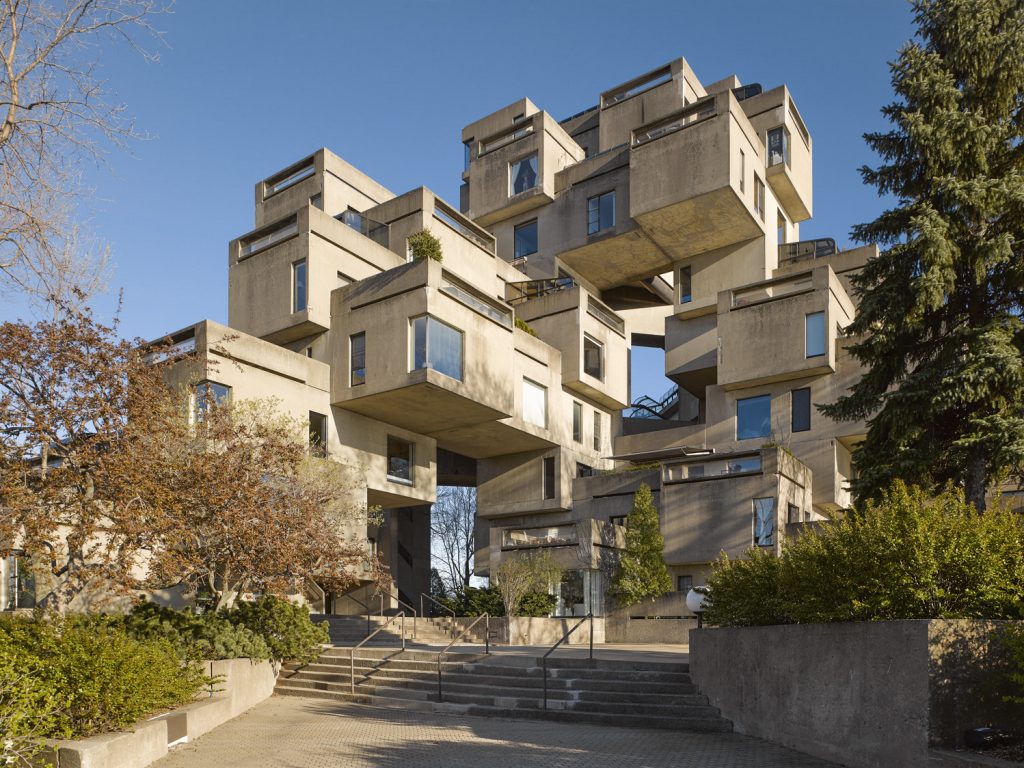
23. Norman Foster
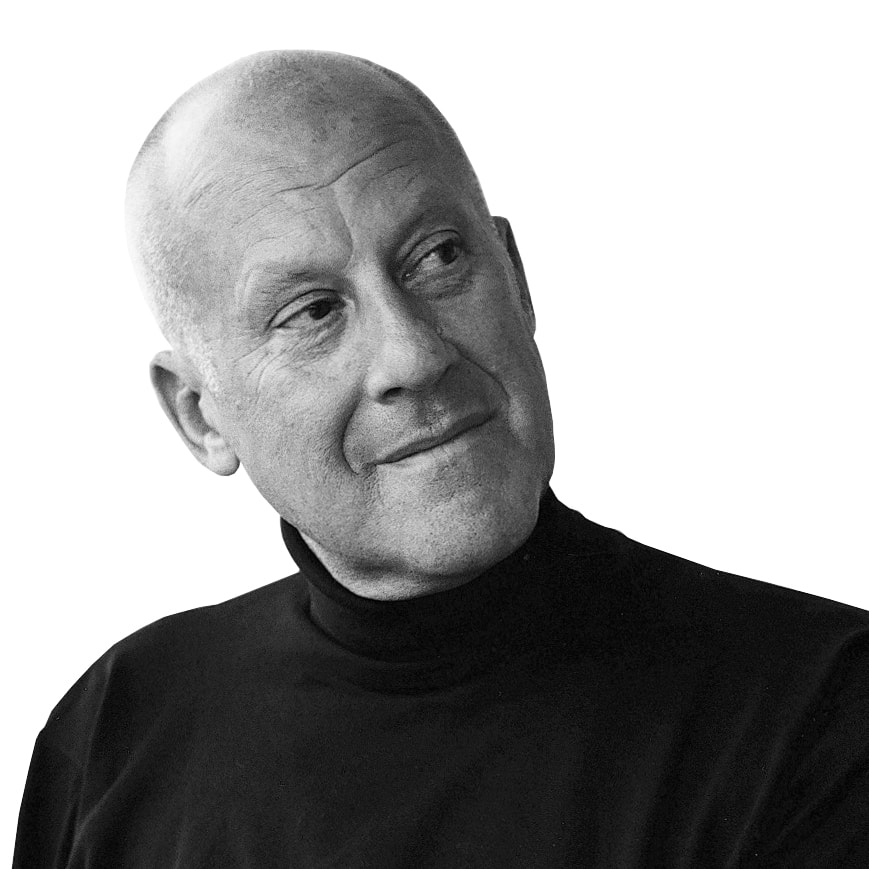
Education: Graduation degree from Manchester School of Architecture and Masters from Yale school of Architecture
Notable works: 30 St Mary Axe in London, Willis Faber and Dumas Headquarters in Ipswich, and Wembley Stadium in London
Quote: “As an architect, you design for the present, with an awareness of the past, for a future which is essentially unknown.”
Sir Norman Foster’s work is often sleek, modern and high tech that creates cinematic backdrops to everyday life. His firm, Foster + Partners, has projects all over the world and they continue to create progressive works of High-Tech architecture incorporating Sustainable Design.
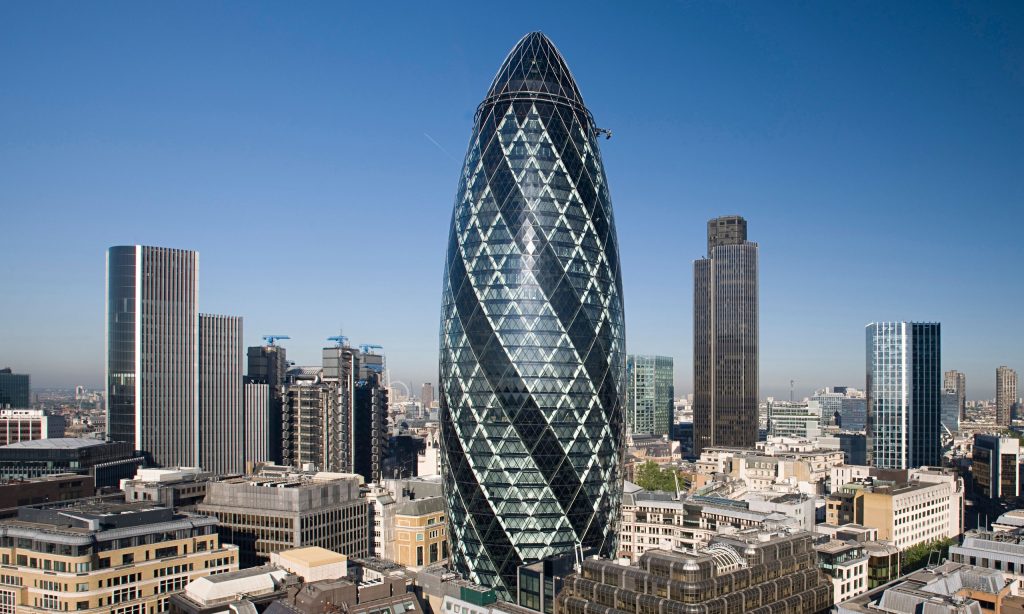
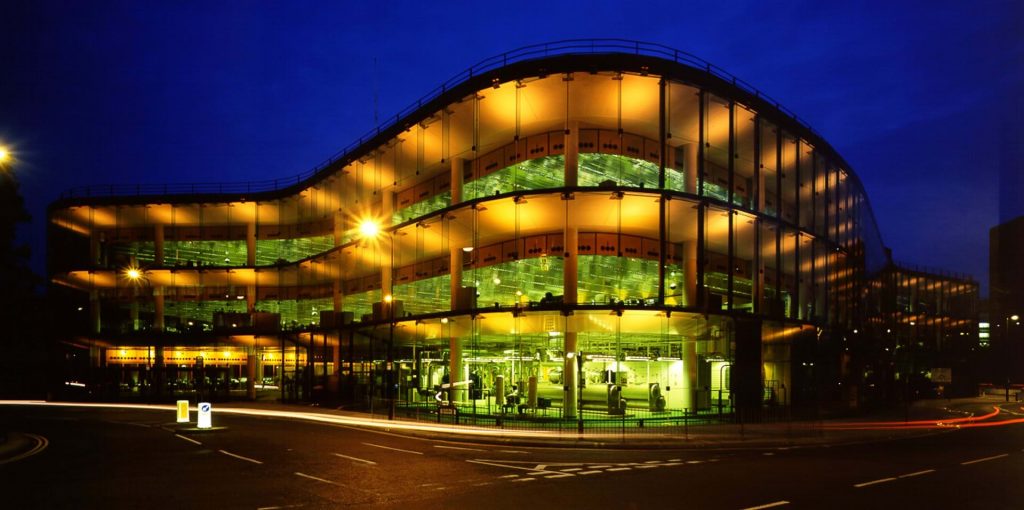
22. Oscar Niemeyer
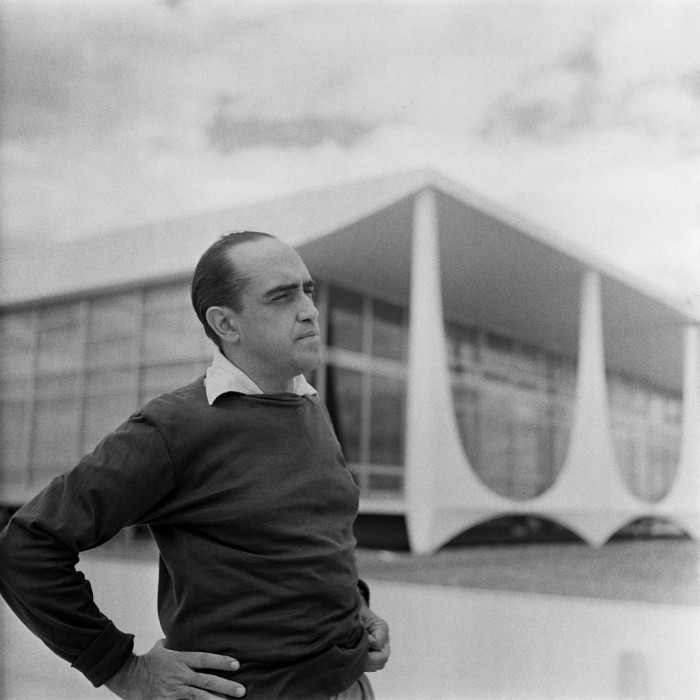
Education: Graduated from Escola Nacional de Belas Artes at the Federal University of Rio de Janeiro in 1934
Notable Works : Contemporary Art Museum in Rio de Janerio, Natal City Park, and the Ravello Auditorium.
Quote: “Form follows beauty”
Oscar Niemeyer was a Brazilian architect specializing in modern architecture. He was instrumental in reshaping Brazil’s identity in the field of architecture. In addition to making important contributions to his country, he was also a pioneer in the use of reinforced concrete used solely for aesthetic impact. He was criticized as well as celebrated for being a “sculptor of monuments”. Niemeyer was most famous for his use of abstract forms and curves. He wrote in his memoir-“I am not attracted to straight angles or to the straight line, hard and inflexible, created by man. I am attracted to free-flowing, sensual curves”. He was influenced by Le Corbusier Architecture style but that didn’t empower his vision.
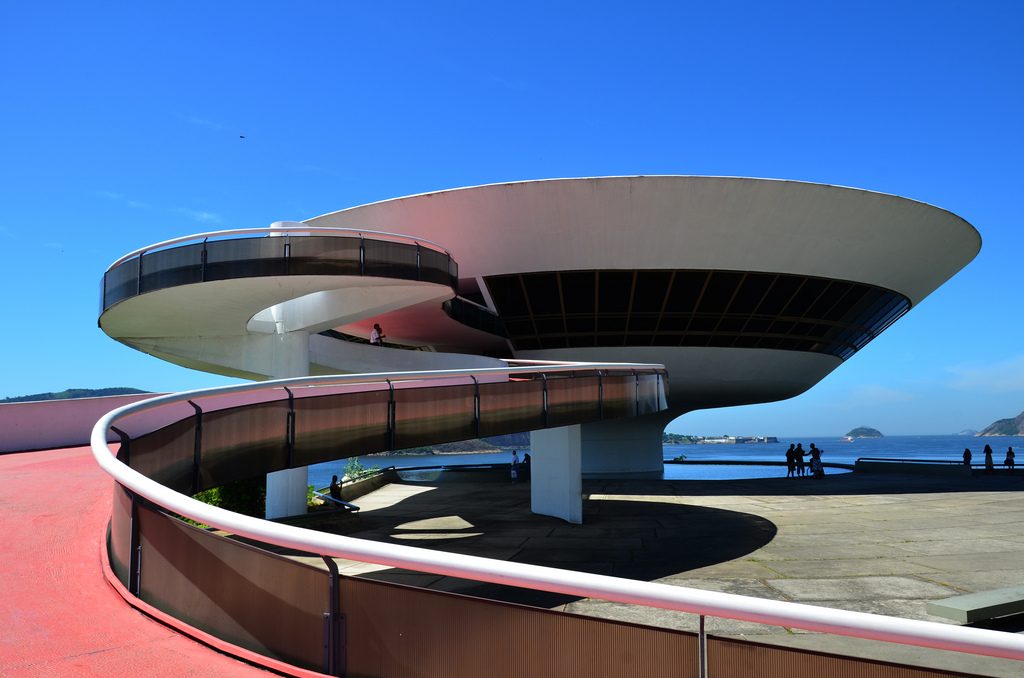

21. Peter Behrens

Education: School of Art in Karlsruhe
Notable works: AEG Turbine Hall, the Mannesmann-Werke
Quote: “Design is not about decorating functional forms – it is about creating forms that accord with the character of the object and that show new technologies to advantage.”
Peter Behrens was a German architect and designer. He was one of the important members which led to modernism in architecture. He was a pioneer of corporate design as well as modernist architecture. He was known for his modern-style factories and office buildings.
